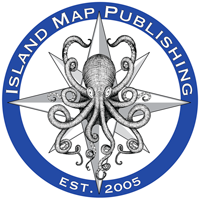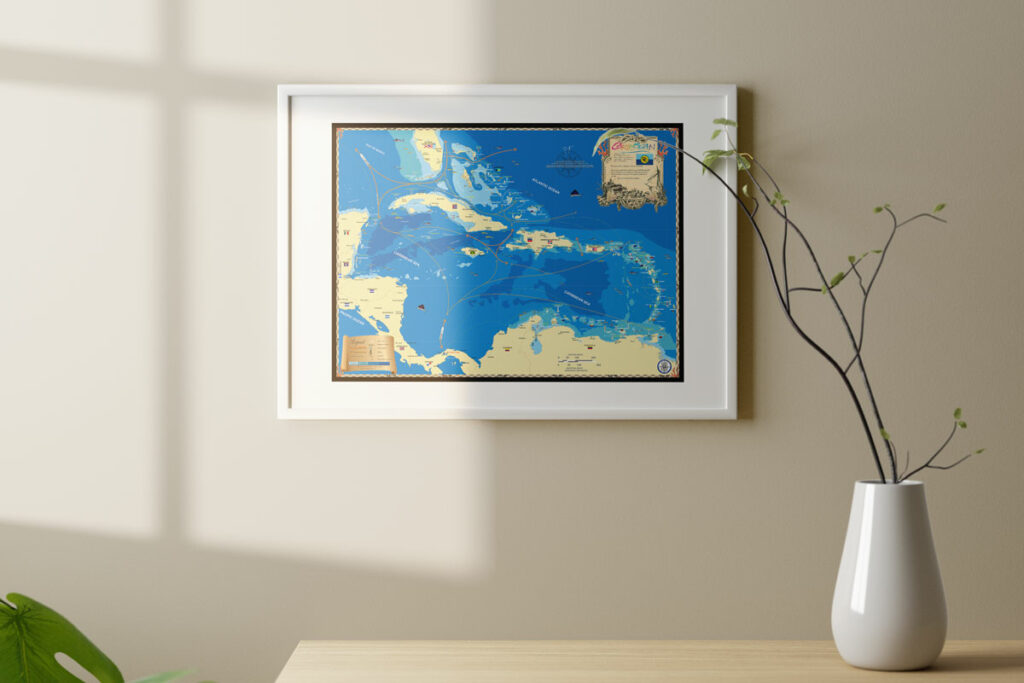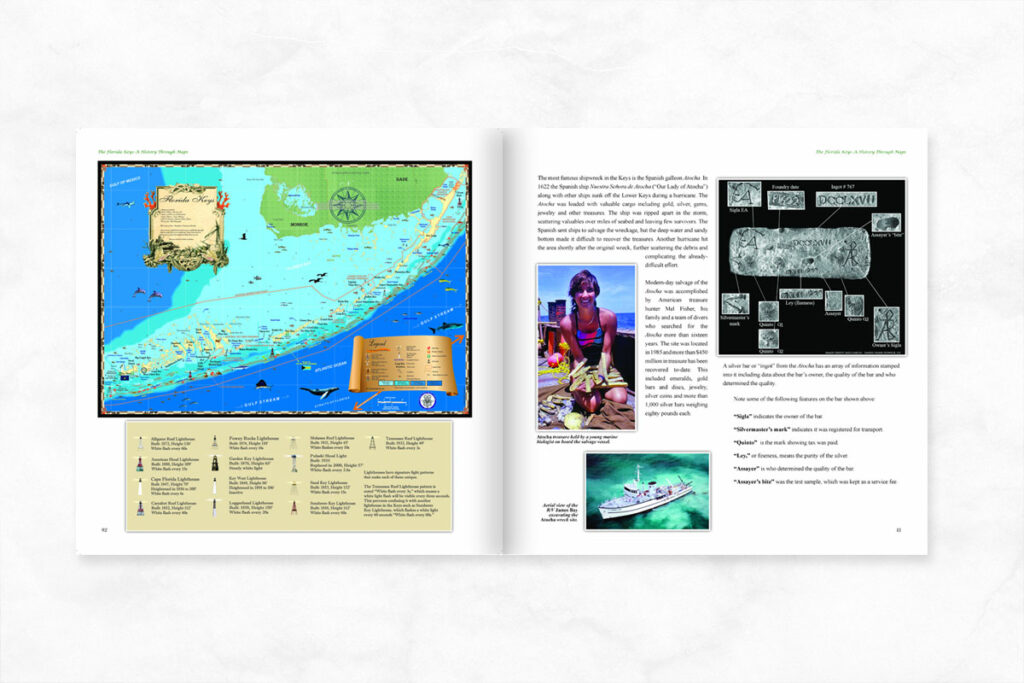Key Largo has recently reopened after being shut down to the public for nearly two months. Many people will flocking here since this is one of the best times to visit the Keys – in early summer when the air is warm but the water still somewhat cool from winter! It is also a good time to visit since things are still quiet, just be sure to have reservations since resorts are easing back into business. Here’s a little history on the northern part of Key Largo if you go, or even if you don’t! Stay tuned for a future blog on the southern end of Key Largo.
The Spanish name for Key Largo was Cayo Largo, or Long Cay which is fitting since Key Largo is about thirty-three miles long. While southern Key Largo is known for the spectacular reef in John Pennekamp Coral Reef State Park, the north portion of the island is known for its extensive preserves and the famous fishing and golf resort, the Ocean Reef Club.
Key Largo was sparsely populated in 1905 when Henry Flagler’s railroad from Miami came into the area. The railroad turned south and left the north side of Key Largo isolated but early settlers could still access the train at Key Largo station. From there they were able to move into the wilderness of northern Key Largo, a place that remained untamed with few exceptions as Flagler’s railroad opened up the rest of the Keys to development.
Due to the isolation, a series of environmental laws resulted in various parks being created. These included John Pennekamp Coral Reef State Park established in 1963, Key Largo Hammock State Park which contains one of the largest tracts of West Indian tropical hardwood hammock in the U.S. and Crocodile Lake National Wildlife Refuge with more than 6,000 acres along the eastern shores of Card and Barnes Sounds. Wealthy residents of the Ocean Reef Club contributed to preserving even more natural land in the area that had been slated for large developments.
The Ocean Reef Club is certainly the dominant feature of North Key Largo outside of the wilderness preserves. The Club has evolved into one of the premier yacht-club communities in the world. During the Miami land boom of the roaring ’20s, sport fishing became popular in the Upper Keys, and the Dispatch Creek Fishing Camp was established where Ocean Reef is today. In 1945 Morris Baker, a Minneapolis developer, bought the fish camp and built guest rooms. He dredged the original channel and cut canals using the fill to create dry lots. He created Buccaneer Island, a tidal swimming lagoon screened from the sea to keep out sharks and a 2,000-foot airstrip aligned in anticipation of a road once envisioned for access from Key Biscayne to Key Largo. He also built a nine-hole golf course, which required a rock crusher to create a usable base from the rugged Keys soil. By the late 1950s lot values ranged from $4,750 to $17,500. Today’s homes range in the millions of dollars.
Whether you’re going to the Ocean Reef Club or to visit one of the remote parks in area, the northern part of Key Largo is a unique part of the Keys.
To learn more about history of North Key Largo and other islands in the Keys, check out The Florida Keys A History Through Maps. The book and custom maps of the Keys can be purchased online at this website. Please call Island Map Store with any questions at 239-963-3497.


